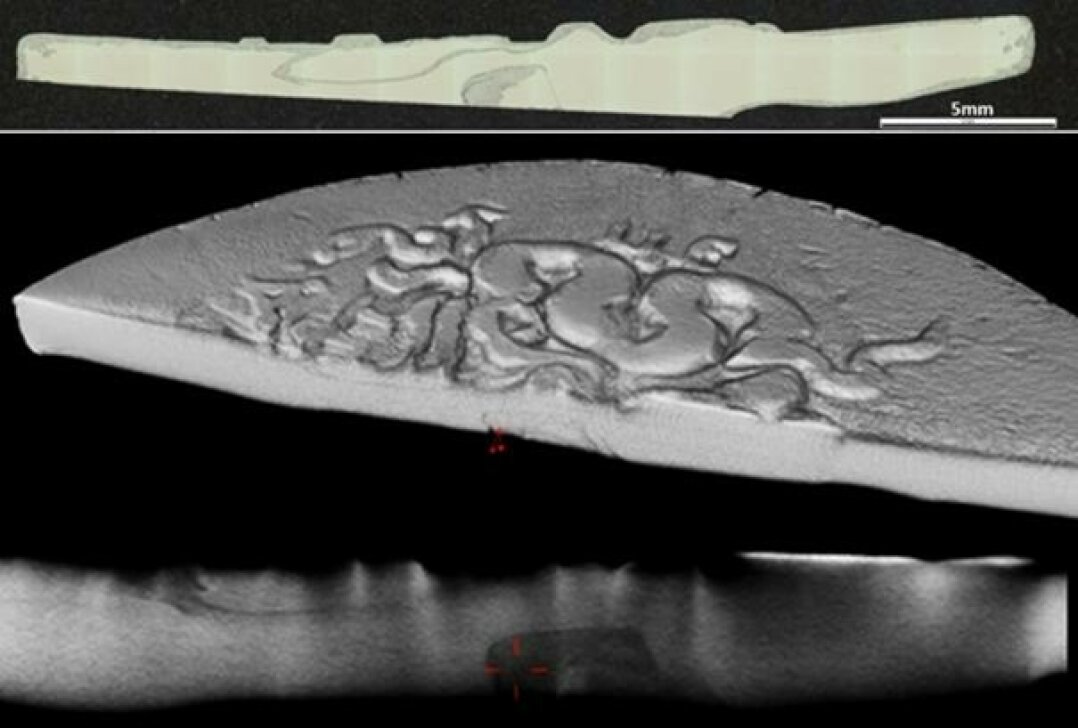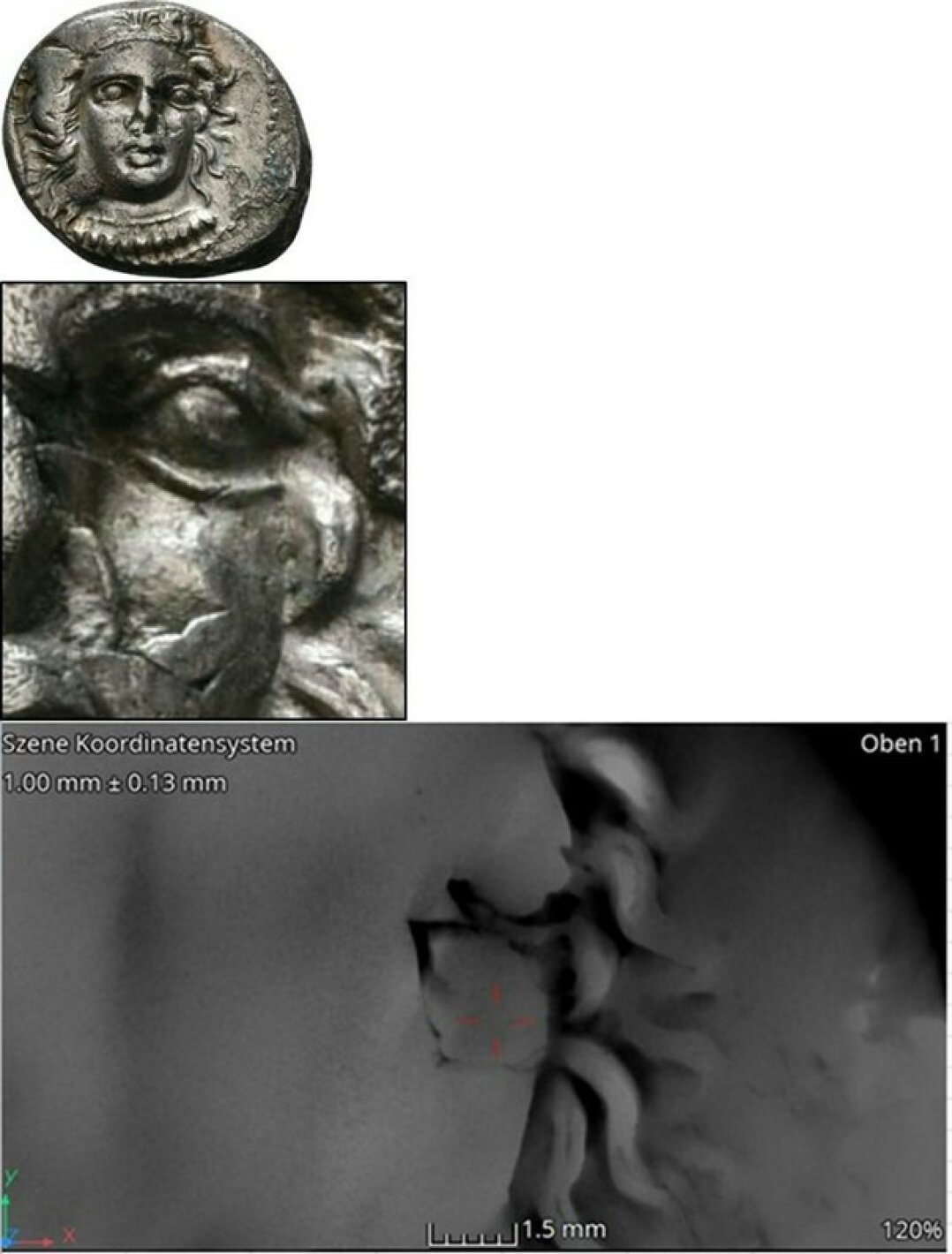Contact: Prof. Dr. Bärbel Morstadt

Based on the question of cold or hot minting of ancient silver coins, with the possible inclusion of archaeometallurgical factors, an interdisciplinary project was launched in summer 2018 to approach this question with the help of archaeometric methods and from a materials science perspective. Cistophores were deliberately selected for this purpose because they can be narrowed down both chronologically and regionally: they cover the period from before 133 BC to 138 AD and were minted in mints in Asia Minor such as Pergamon and Ephesus as well as during the Roman imperial period in Rome.
Thanks to the financial support of the Fritz Thyssen Foundation 01.04.2021-30.09.2023, costly research work could be carried out: this included the trip to Berlin, the rental fees for the measuring equipment, the performance of computer tomography and lead isotopic investigations, the remuneration of an assistant for support in carrying out the analyses and data management, a service contract at the Berlin Coin Cabinet for the archaeological documentation of the cistophores there.
The analyses were carried out both non-destructively and destructively. Coins from institutional, university and private collections were available for this purpose, and a few cistophores were purchased with our own funds. We would like to express our gratitude to the Coin Cabinet of the National Museums in Berlin with Bernhard Weisser and the Coin Collection of the Ruhr University Bochum with Karl-Ludwig Elvers for their support and for making the research possible. Special thanks go to Jannis Hourmouziadis, who donated 19 cistophores from his collection to the Institute of Archaeological Studies at the Ruhr University Bochum for destructive examinations. We would also like to thank the Deutsches Bergbau-Museum Bochum, the Rathgen Laboratory, Berlin, and the Chair for Materials Science and Engineering, Ruhr University Bochum, as co-operation partners.

The research results were presented at the 16th International Numismatics Congress, the 15th and 16th Day of Numismatics in Münster and the Science Day at the House of Archaeology:
This involved observing mints and dating as well as the associated weight distributions and stamp positions in Hellenistic and Roman Imperial Asia Minor. The chemical analyses and measurements of electrical conductivity related to the temporal development of the silver and copper content, while lead isotope analyses were used to determine the origin of the silver. Metallographic analyses provided evidence of rapid solidification and a cold stamping process. One of the key findings of the project was the identification of inclusions (‘capsules’), which we do not interpret as flaws in the bluing, but rather as a means of correcting for compliance with the weight standard.
Prof. Dr. Bärbel Morstadt
Associate Professor of Classical Archaeology with a focus on Phoenician culture
Classical Archaeology
Institute of Archaeological Studies
Ruhr-Universität Bochum
Am Bergbaumuseum 31, 44791 Bochum
Room: 0.3.5
Phone: (0234) 32-22527
Email: baerbel.morstadt@rub.de
Dr. Wolfgang Bretz